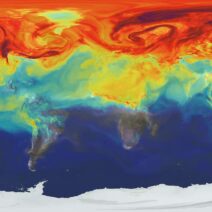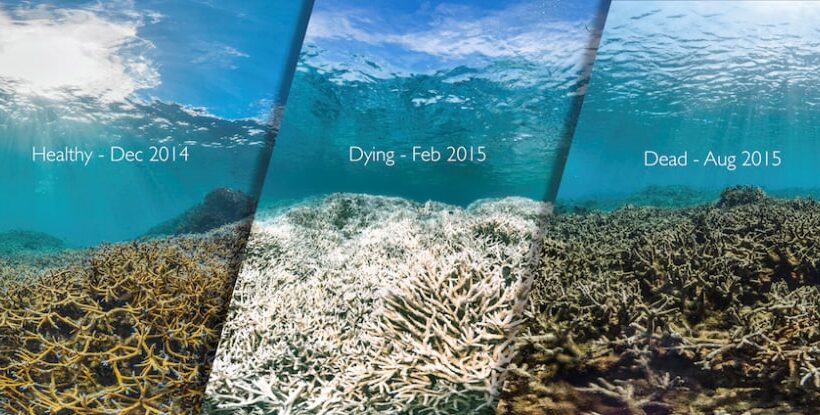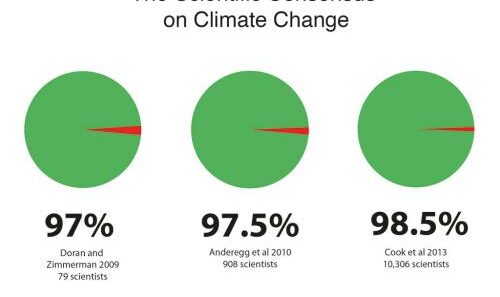Coral reefs, often dubbed the “rainforests of the sea,” are perhaps the most vibrant ecosystems on the planet, bursting with an extraordinary diversity of life. They are not simply geological formations; rather, they are living organisms that form complex and interdependent communities. Yet, like the delicate threads of a gossamer web, coral reefs are becoming increasingly fragile, their brilliance threatened by the ominous specter of climate change. The phenomenon of coral bleaching serves as a poignant symbol of this existential crisis, epitomizing the struggle of our marine environments against an onslaught of anthropogenic factors.
At the heart of coral bleaching lies a fundamental relationship between corals and their symbiotic partners, zooxanthellae—tiny, photosynthetic algae. These algae reside within the coral tissues and are integral to the coral’s survival, providing essential nutrients through photosynthesis and contributing to the vibrant colors that adorn these underwater citadels. However, heightened sea temperatures, fueled by global warming, cause corals to expel these vital partners, resulting in a stark and haunting transformation. What was once a thriving underwater metropolis becomes a pale, ghostly remnant of its former self, highlighting the urgent need to confront the overarching issue of climate change.
The causes of climate change are multifaceted, rooted in the cumulative effects of industrialization, deforestation, and unsustainable agricultural practices. The relentless burning of fossil fuels releases vast amounts of carbon dioxide and other greenhouse gases into the atmosphere, creating a thick veil that traps heat. The oceans, absorbing much of this excess heat, experience rising temperatures that trigger widespread coral bleaching events. This disturbing transformation could be likened to a painter who, in a fit of rage, spills turpentine over their canvas—losing not only the vibrancy of their artwork but also the very essence of its beauty.
The repercussions of coral bleaching extend far beyond the death knell of individual reefs. Coral ecosystems are fundamental to marine biodiversity, providing essential habitat for a multitude of species. They act as a nursery for fish, mollusks, and crustaceans, ultimately supporting entire fishing industries and coastal communities that rely heavily on these resources for their livelihoods. When corals succumb to bleaching, the cascading effects can be catastrophic, from diminished fish populations to economic downturns for those who depend on marine resources. The stark reality is that the loss of coral reefs is akin to losing the keystone species in a terrestrial ecosystem—an event that reverberates through the food web, altering both ecological dynamics and human interactions with the environment.
Moreover, the destruction of coral reefs poses a significant threat to coastal protection. Reefs act as natural barriers against storm surges and erosion, mitigating the impacts of extreme weather events intensified by climate change. As rising sea levels encroach on coastlines, the absence of healthy reefs leaves shorelines vulnerable, endangering coastal infrastructure and communities. The ongoing degradation becomes a poignant reflection of humanity’s broader relationship with nature—a relationship that is increasingly marked by imbalance, exploitation, and indifference.
However, to suggest that all hope is lost would be an oversimplification of the issue at hand. Grassroots initiatives and scientific advancements have emerged as potential beacons of light in this increasingly murky landscape. Marine protected areas (MPAs) can offer crucial sanctuaries where corals and associated marine life can thrive, free from the pressures of overfishing and unsustainable practices. Furthermore, innovative approaches in coral restoration, including the transplantation of resilient coral species, hold promise for rehabilitating damaged ecosystems. These methods not only foster biodiversity but also enhance the resilience of reefs to withstand the compounding effects of climate change.
Educational efforts are equally critical. Raising awareness about the plight of coral reefs is essential in mobilizing public support for conservation initiatives and policy advocacy. Individuals and communities must be galvanized to take action, reducing their carbon footprints, supporting sustainable practices, and championing policies that mitigate the impacts of climate change. Each small effort contributes to a larger movement toward environmental stewardship, ultimately fostering a more profound relationship with our oceans.
It is also imperative to confront the glaring paradox of climate change on a global scale. Developed countries, historically the largest contributors to greenhouse gas emissions, bear a moral responsibility to assist developing nations disproportionately affected by climate impacts. International cooperation is vital in financing mitigation and adaptation strategies, ensuring that the voices of those who suffer most are amplified in dialogues on climate justice. The conversation around coral reefs must extend beyond scientific circles, engaging diverse stakeholders and integrating indigenous knowledge, which remains essential in cultivating a holistic understanding of marine ecosystems.
In conclusion, the narrative of coral reefs in the face of climate change is one of resilience and fragility, of beauty and loss. The specter of coral bleaching serves as a poignant reminder of the fragility of our planet’s ecosystems and the profound interconnections between climate systems and human wellbeing. As guardians of our oceans, we bear the responsibility of fostering their preservation and restoration. The urgency of the challenge cannot be overstated, for the fate of coral reefs is inexorably intertwined with the fate of humanity itself. As we ponder our collective future, we must commit to acting as custodians of the seas, for the vibrant colors of coral reefs are not just the hues of marine biodiversity; they are the very essence of life on Earth. The time for action is now—future generations depend on the legacy we leave behind.








